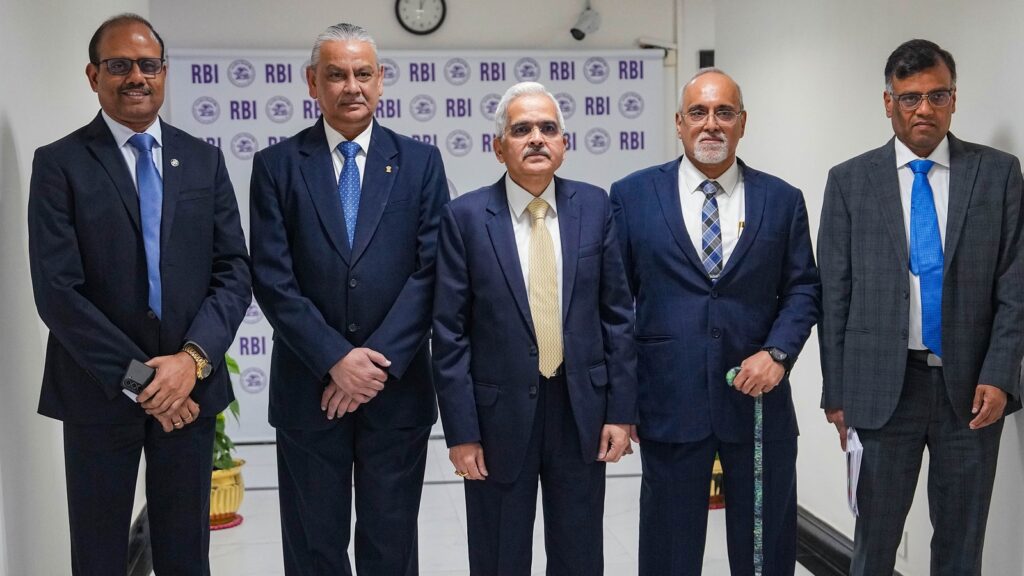That the Monetary Policy Committee (MPC) would not change policy rates or its stance in its February meeting was widely expected. There are no surprises on that front. What are the key takeaways from the latest MPC meeting then? There are four.
One, Reserve Bank of India (RBI) seems to believe, perhaps rightly, that the monetary tightening unleashed by it in the last two years — the policy rate has been increased by 250 basis points (bps) — has not hurt growth. MPC has made an upward revision to its 2024-25 GDP growth forecast and now believes that it will be 7%.
The second is an increasing comfort level about inflation. A comparison of inflation forecasts for the first three quarters of 2024-25 shows that the February projections are lower than the December 2024 projections for two quarters and the full-year inflation in 2024-25 is expected to be 90 bps lower than the 5.4% forecast for 2023-24, at 4.5%.
Third, in a way, MPC’s statement underlines the limits of monetary policy as an inflation-targeting tool. Despite core inflation being very comfortable, MPC is worried about weather-induced food price shocks driving headline inflation above RBI’s target and frittering away gains on the inflation front. While it has acknowledged the supply-side interventions of the government in managing these problems, the clear message is that there are some worries on this front.
The fourth follows from the first three. India’s growth story going forward — the government and RBI governor seem to be on the same page here — will critically depend on fiscal stability and a belief that inflation will stay under control. With the government having done its bit by pushing the pedal on fiscal consolidation despite an election bump in the road, the February MPC meeting seems to have done its part. “Monetary policy must continue to be actively disinflationary to align inflation to the target of 4% on a durable basis”, Governor Shaktikanta Das’s message in his written statement is unambiguous. This is all the more important, given the volatile external economic and geopolitical environment.
Is this the best way forward for monetary policy? At least one MPC member does not seem to agree. Jayanth R Varma has been arguing for a shift to a neutral policy stance and has now also asked that policy rates be reduced by 25 bps— but MPC works on majority not unanimity.
Continue reading with HT Premium Subscription
Daily E Paper I Premium Articles I Brunch E Magazine I Daily Infographics


